تحليل موجز لسوق المشروبات غير الكحولية في أوروبا، فقط من خلال الملاحظة والقطع الأثرية في أحد المطارات.
This is not intended to be a scientific complete study -ready below- but a fun Fun Market Survey blog article pushing to observe surrounding facts
Survey results
Well, just from observation:

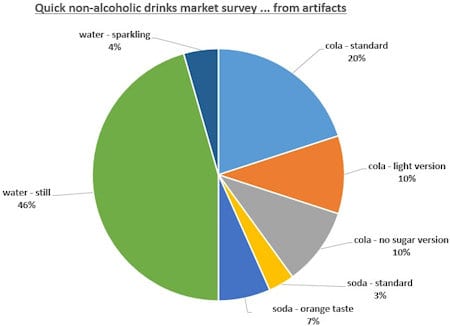
| cola – standard: | 18 slots | 20% |
| cola – light version: | 9 slots | 10% |
| cola – no sugar version: | 9 slots | 10% |
| soda – standard: | 3 slots | 3% |
| soda – orange taste: | 6 slots | 7% |
| water – still: | 41 slots | 46% |
| water – sparkling: | 4 slots | 4% |
And in a more visual manner:
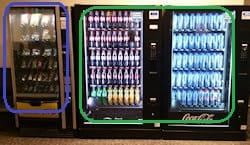
Additional observations
- food: 33%
- soft non-alcoholic drinks: 66%
Self-assessment
Why these results are more thrust-able than they first look like
In fact, the reliability comes from the location & its manager/owner:
- in these airport situations, these machines see a LOT of customers passing by
- these vending machines are very versatile, almost anything could physically fit inside; this particularly vending machine is obviously owned by a huge brand with a huge portfolio; they could offer plenty of different sodas & drinks if there was a market for it
- in order to keep the machine filled as much and as long as possible (less frequent refills=less transports) and keep their stock low (cash & refill transport), statistics and sales tracking is perfect
Why these results could be wrong
Or at least not representative:
- airport passengers & airport situation is possibly not representing the full population & drink habits (no alcohol represented here; in some eastern countries, draft beer is cheaper than a bottle of water…)
- limited to small bottles; larger bottles may have a different results

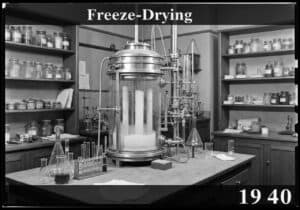
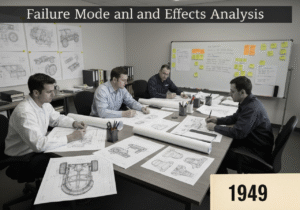
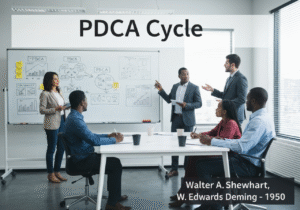

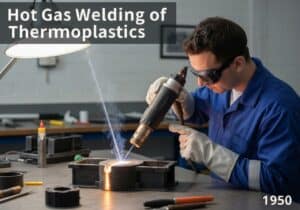
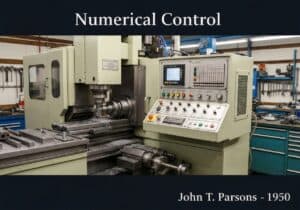

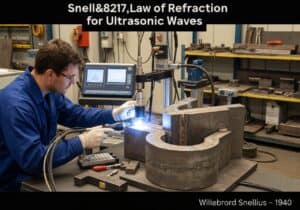

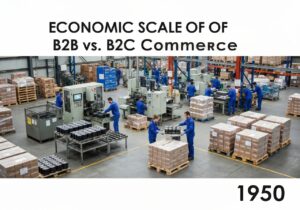
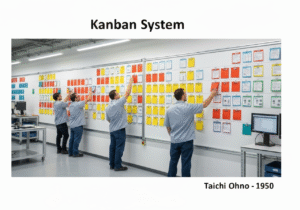

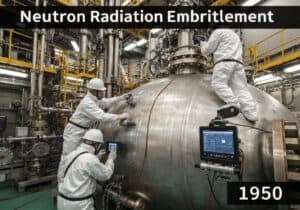

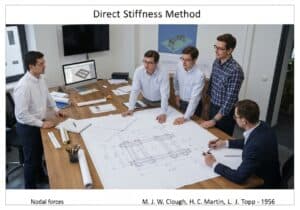
















what about recent advancements like multi-layer vacuum forming, which can overcome some limitations in material strength and complexity ?
note that while vacuum forming is cost-effective for smaller runs, innovations in technology are continually pushing the boundaries of what’s possible, including improving the precision and complexity of designs
please mention the low environmental impact of the process and the recyclability of the plastics used. Additionally, exploring biodegradable and recyclable materials for vacuum forming could enhance its sustainability in various industries.
So, how does the vacuum forming process impact the environment? Any thoughts on its sustainability aspect?
Vacuum forming? More like resource draining! Sustainability? Hardly. Think of the energy waste!